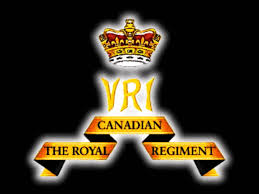UNOSOM was established on 24 April 1992. In accordance with the
agreements reached with the two main Somali factions in Mogadishu, the
cease-fire in the capital was to be monitored by a group of 50 unarmed,
uniformed United Nations military observers. The observers were to be
deployed along the demarcation line separating Mogadishu into two zones.
Regarded as humanitarian assistance, the security personnel envisaged in
the agreements were to provide protection and security for United Nations
personnel, equipment and supplies at the port of Mogadishu and escort
deliveries of humanitarian supplies from there to distribution centres in the
city and its immediate environs. They were also to provide security for United
Nations personnel, equipment and supplies at the airport in Mogadishu. They
were to provide the United Nations’ convoys of relief supplies with a
sufficiently strong military escort to deter attack; they were authorized to fire
in self-defence as a last resort if deterrence should not prove effective. On 28
August, the Security Council, authorized an increase in strength of UNOSOM
by four additional UN security units, for the protection of the humanitarian
convoys and distribution centres throughout Somalia. Several of the Somali
de facto authorities refused to agree to the deployment of United Nations
troops and only one battalion and military observers were deployed to
Mogadishu. Relief ships were blocked from docking and even shelled. Air and
seaports came under fire resulting in the non-delivery of relief supplies to
areas where the need was most acute. On 3 December 1992, the Security
Council authorized the use of all necessary means to establish, as soon as
possible, a secure environment for humanitarian and relief operations in
Somalia. The first elements of the Unified Task Force, spearheaded by the
United States of America, were deployed in Mogadishu on 9 December 1992.
UNOSOM ended on the 30th April 1993. Awarded for 90 days service from 24
April 1992 to 30 April 1993.

